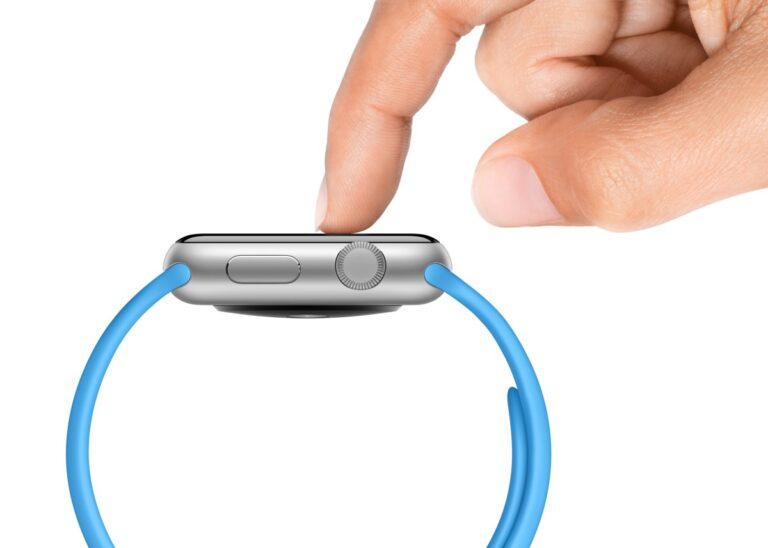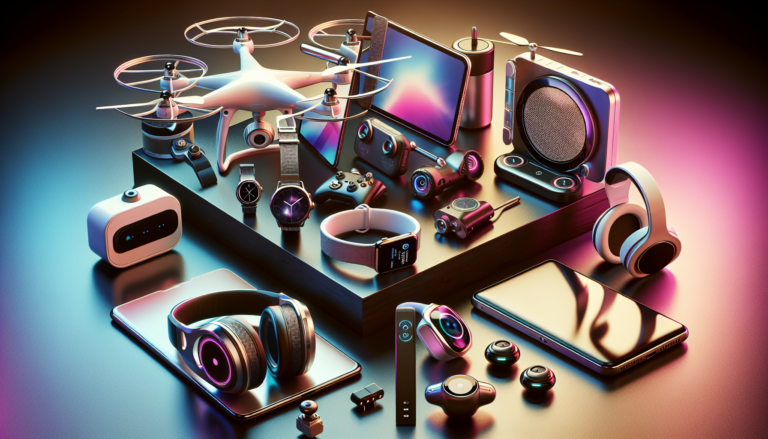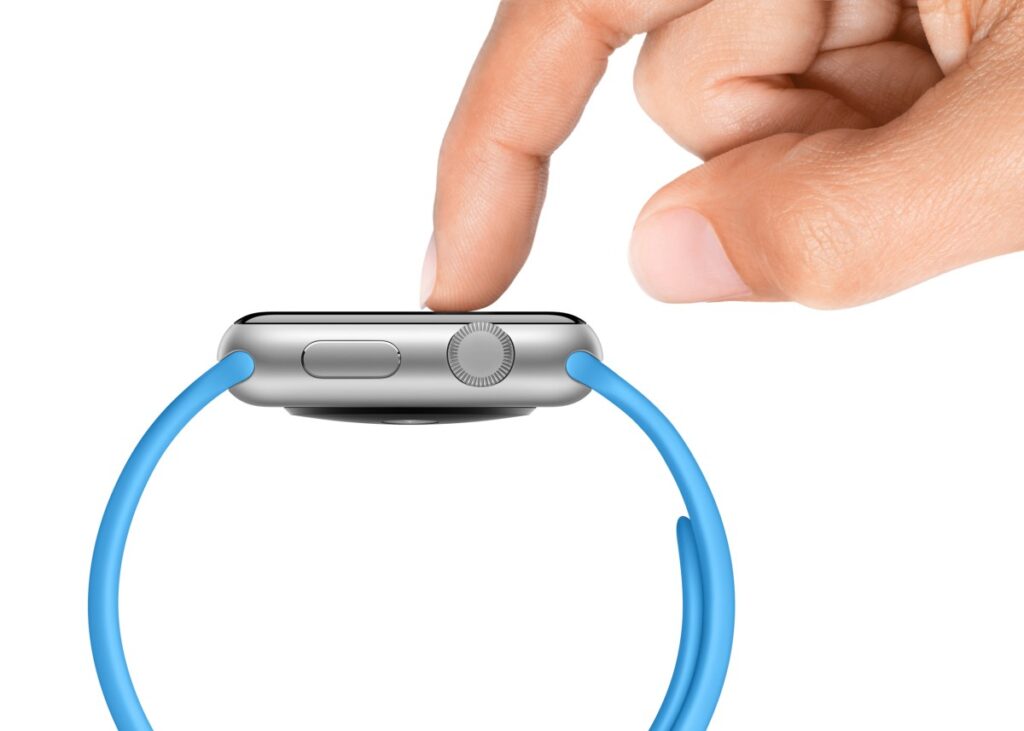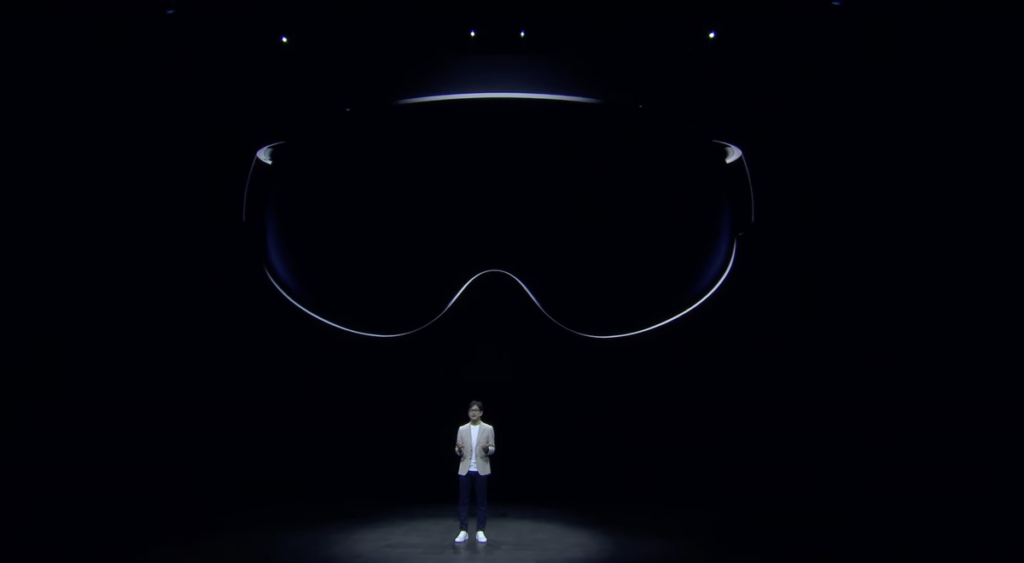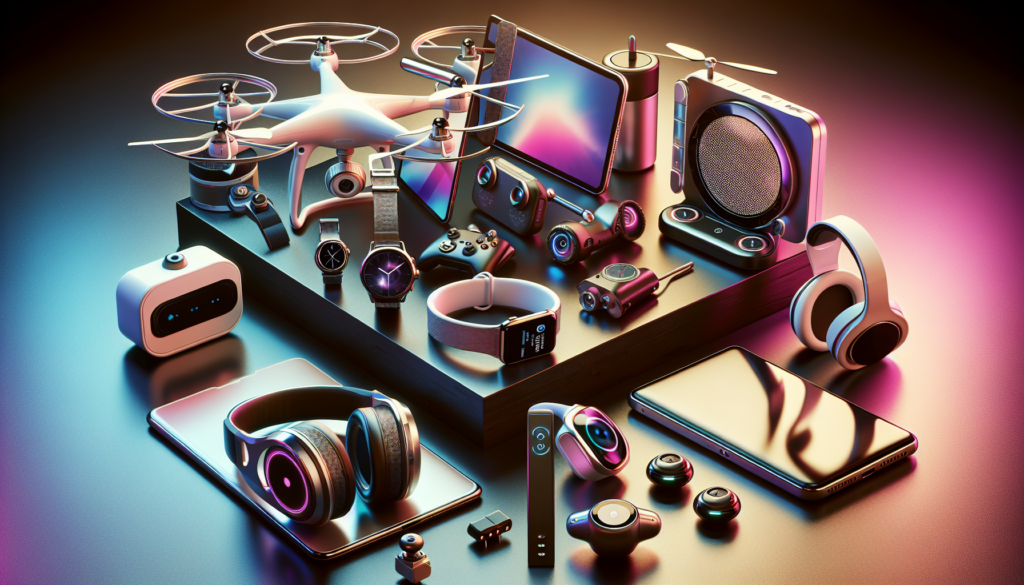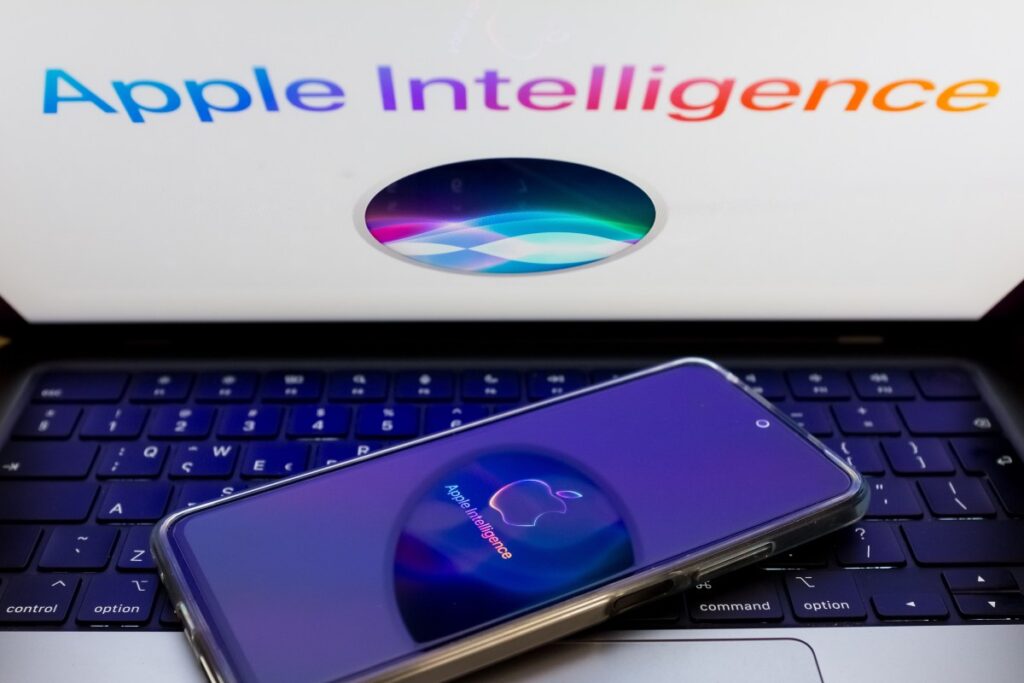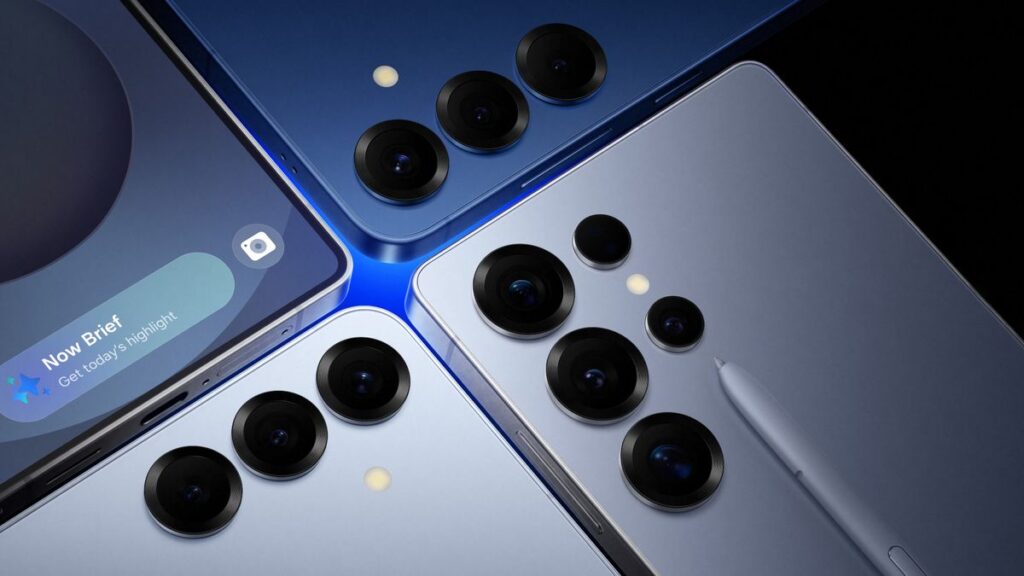Understanding Samsung’s Galaxy AI Features
Samsung has made headlines with its latest Galaxy AI features, which promise to enhance user experience across a variety of tasks. From smart photo editing to improved voice recognition, these features leverage advanced artificial intelligence to make everyday tasks more efficient. With the introduction of these innovations, many users are left wondering if their older Samsung devices will also benefit from this technological leap.
The Galaxy AI features aim to streamline tasks and personalize user interactions, employing machine learning to adapt to individual preferences. This can include anything from optimizing battery usage to suggesting the best times to send messages based on past behavior. As Samsung continues to roll out these features, it’s important to understand how they integrate with older devices.
Compatibility of Older Samsung Devices
One of the most pressing questions among Samsung users is whether older devices will receive the latest AI enhancements. Samsung typically supports its flagship devices with software updates for a few years, but as technology evolves, older models may not be equipped to handle all new features.
While Samsung has a reputation for providing updates for its Galaxy S and Note series for several years, users of mid-range and budget models may find themselves at a disadvantage. The hardware limitations of older devices can restrict the ability to run advanced AI algorithms efficiently. Features that demand higher processing power or more recent hardware may not be available on these older models, leaving users wondering what they can expect.
Software Updates and AI Features
Samsung regularly rolls out software updates that include new features and security patches. For older devices, these updates may introduce some AI capabilities, but they might not encompass the full range of what newer models can achieve. Samsung’s One UI, which is the skin over Android, has been designed to be compatible with a wide range of devices, but the availability of cutting-edge features can be limited based on the hardware.
For instance, older devices might receive basic AI functionalities like photo enhancements or voice recognition improvements, but they may miss out on more advanced features like real-time translation or sophisticated camera functionalities. Users will need to check the specific features that are included in each update to determine what their device can handle.
User Experience with Older Devices
Even if older Samsung devices do receive some AI updates, the user experience may vary significantly compared to newer models. The integration of AI features is often more seamless on devices designed with the latest hardware in mind. For users of older devices, the experience might be less fluid, with slower response times and occasional glitches.
For example, while an older device may gain access to AI photo editing tools, the processing speed may not match that of a newer flagship model. This discrepancy can lead to frustration, as users may find that they cannot fully enjoy or utilize the new functionalities. Therefore, while Samsung does strive to provide updates, the performance may not live up to expectations for those on older hardware.
Alternatives for Users with Older Devices
For those who own older Samsung devices, there are still ways to enjoy some AI-like functionalities without needing to upgrade to a new phone. Third-party apps, many of which incorporate AI technology, can provide similar features. For example, there are numerous photo editing apps that utilize AI to enhance images, improve lighting, and even remove unwanted objects from photos.
Additionally, users can explore alternative voice assistant applications that may offer advanced AI capabilities without requiring the latest hardware. These applications can sometimes provide a comparable experience to Samsung’s built-in features, allowing users to enjoy AI tools without needing to invest in a new device.
The Future of AI in Samsung’s Ecosystem
As Samsung continues to innovate, the future of AI within its ecosystem looks bright. The company is likely to invest more in AI development, creating features that can enhance user experience across its range of devices. This includes not just smartphones but also tablets, wearables, and smart home devices, all of which could benefit from AI advancements.
Samsung’s commitment to AI can lead to a more integrated ecosystem, where devices communicate and work together more effectively. However, the extent to which older devices will be included in this evolution remains to be seen. Users will need to stay informed about future updates and the capabilities of their current devices.
Community Feedback and User Expectations
Community feedback often shapes the direction of updates and new features for older devices. Samsung has a robust user community that shares insights and experiences, which can influence the company’s decisions regarding software support. Users expressing their needs and frustrations can lead to more tailored updates that bridge the gap between older and newer devices.
Understanding user expectations is key for Samsung as they navigate the balance between innovation and support for legacy devices. Many users hope that Samsung will continue to provide value to their older models, even if it means scaling back on the latest features. This feedback loop is vital for ensuring that Samsung remains responsive to its customer base.
What Users Can Do
For Samsung users concerned about the future of their devices, staying proactive is essential. Regularly checking for software updates, engaging in community forums, and providing feedback to Samsung can all contribute to a better experience. Users can also explore online resources and tutorials to maximize the functionality of their current devices, utilizing available apps and settings that may enhance their experience.
Moreover, considering the potential for future upgrades is wise. If a user finds that their device lacks the necessary features to keep up with their needs, it may be time to evaluate newer options. Samsung consistently releases new models with advanced technology, and investing in a newer device can offer a significantly improved experience.
Conclusion: The Road Ahead for Samsung Users
While older Samsung devices may receive some AI features, the full suite of capabilities is likely to remain exclusive to newer models. Users can enjoy a mix of AI functionalities through updates and third-party applications, but the experience may not compare to what is available on the latest devices. Community feedback and user engagement will play a vital role in shaping the future of AI features across all Samsung devices. As technology advances, keeping an eye on the evolving landscape will ensure that users can make the most informed choices for their devices, balancing the need for innovation with the support of legacy hardware.

